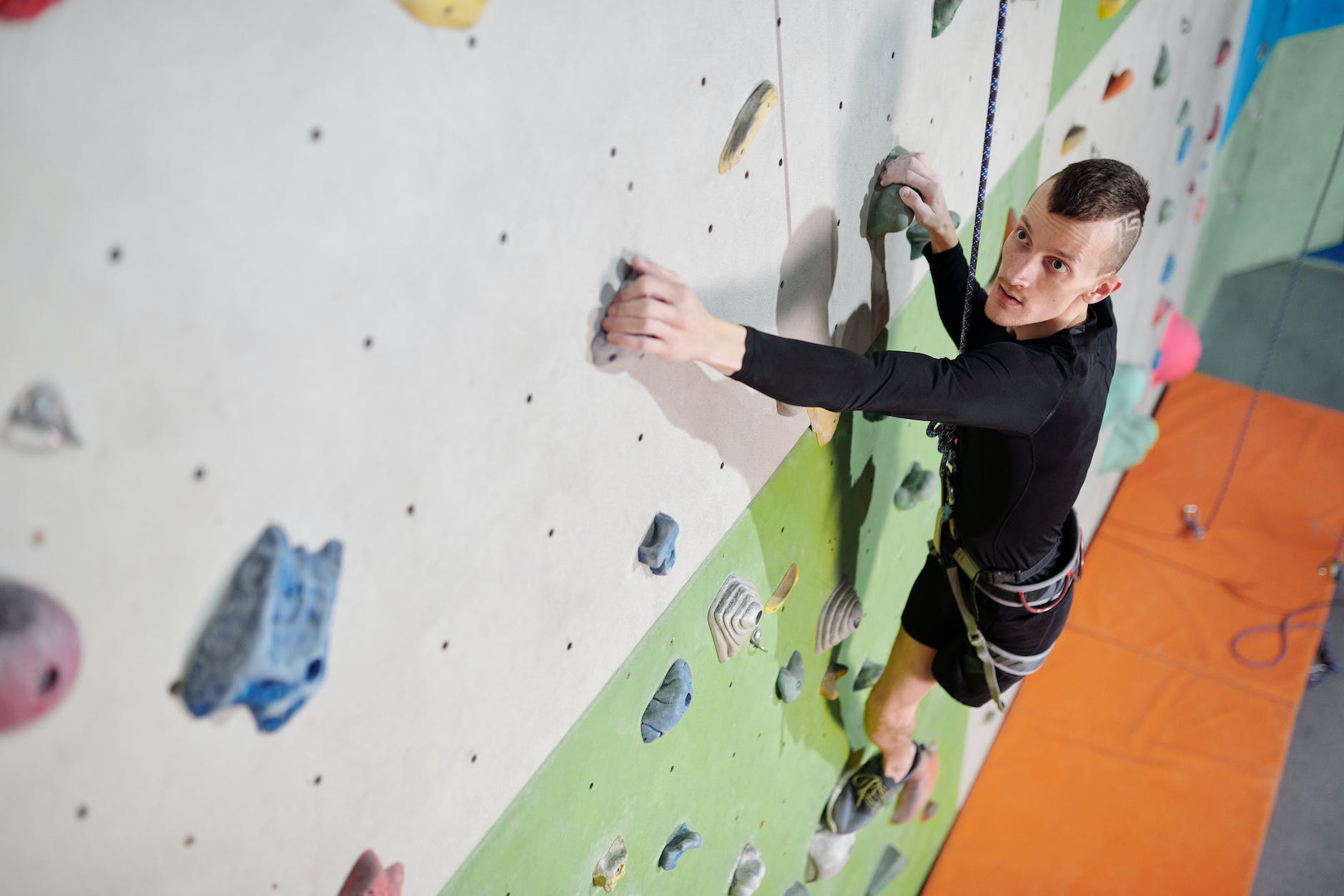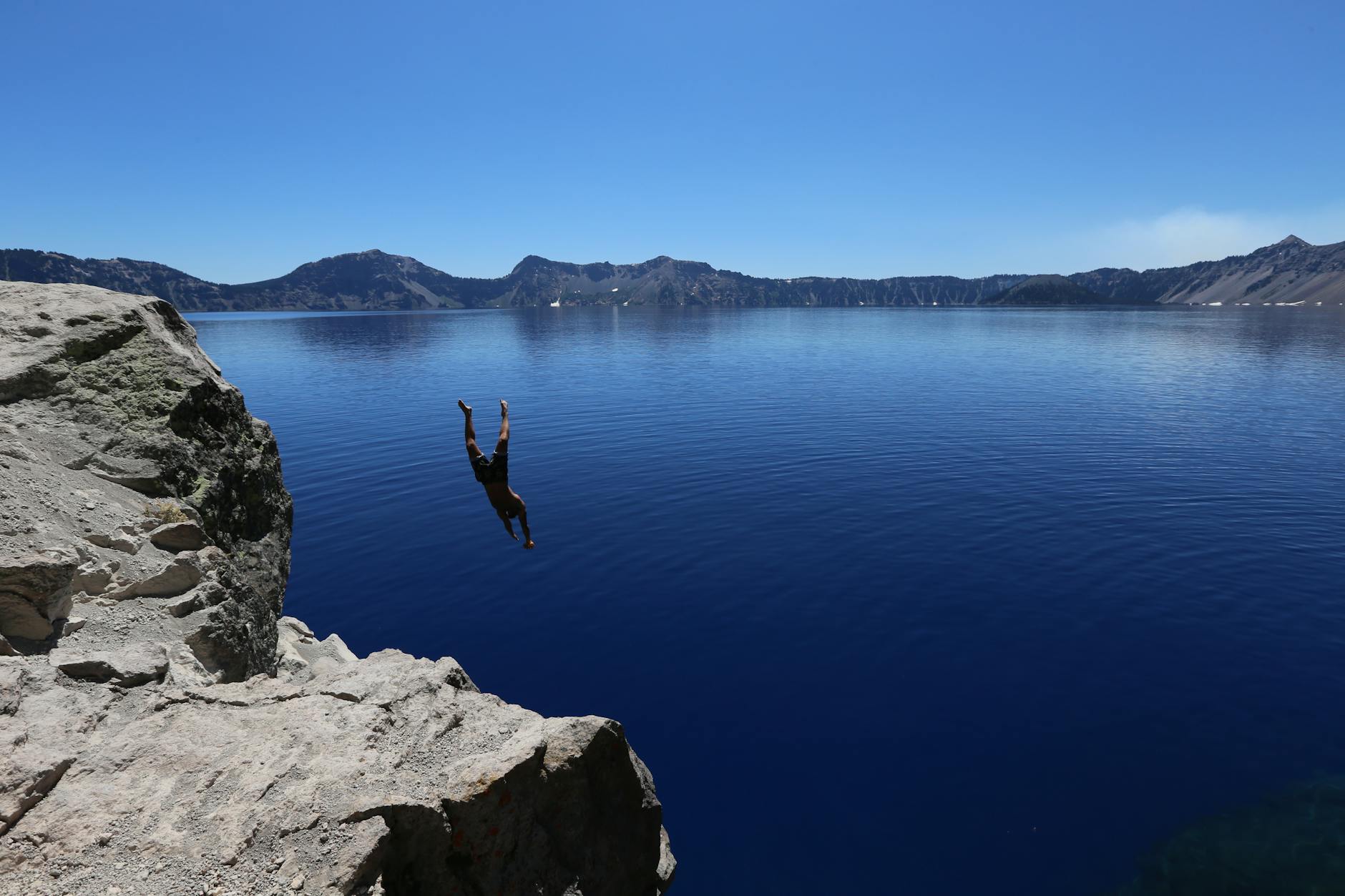For many cardiac arrest survivors, sports and outdoor activities were a major part of life before their cardiac event. The thought of permanently eliminating these passions can be incredibly disheartening. However, with a thoughtful approach and over time, some activities may become possible to enjoy again – especially as your confidence builds.
Assessing Your Risks

The risks posed by strenuous sports and activities after cardiac arrest vary widely based on your specific cardiac condition and unique health profile. They can include:
- Fainting or loss of consciousness leading to injury
- Triggering dangerous heart rhythms or another cardiac arrest due to overexertion. Activities that greatly elevate the heart rate for sustained periods tend to carry the highest risk for conditions like hypertrophic cardiomyopathy, long QT syndrome, CPVT, and arrhythmogenic right ventricular cardiomyopathy.
- Potential infection if open chest wounds or implanted devices like ICDs are exposed to contamination
It’s vital not to rely on generic internet advice or even well-meaning tips from peers. Detailed input from your electrophysiologist and cardiologist is essential. Discuss your cardiac diagnosis, family history, lifestyle priorities, and emotional needs regarding activity with your medical team. Get their advice on your specific hopes and risks before deciding to return to any sports or intense activities.
Your activity levels might be restricted initially after cardiac arrest, but don’t despair. As you have follow-up appointments over months and years, your doctors can continually reassess your changing health status. If you go for prolonged periods without any dangerous cardiac episodes, they may clear you for gradually intensifying activity.
Stay hopeful!
Precautions if Cleared for Activity

If your medical team gives the initial OK for some activity again, wise precautions could include:
- Having an activity partner to monitor you
- Wearing a medical ID to alert others if assistance is ever needed
- Staying well-hydrated and avoiding temperature extremes
- Listening carefully to warning signs from your body
- Progressing verrrry slowly from gentle to more intense activity over an extended timeframe
If you hope to return to competitive or professional-level sports, additional specialist evaluations beyond routine visits may be advised.
Alternatives Activities

For some higher-risk cardiac conditions like long QT syndrome or CPVT, intense sports may always remain off-limits. But alternatives like hiking, cycling, water aerobics, tai chi, or gentle yoga can fulfill exercise needs while avoiding heavy exertion that could trigger an event.
Initially focusing on these lower-intensity activities can also help rebuild stamina and confidence gradually. As you experience months and years with stable cardiac health, you may eventually ask your doctors about carefully and incrementally reincorporating higher exertion sports you formerly enjoyed.
The Mental Health Benefits of Moving

While some ongoing caution will always be warranted, many cardiac arrest survivors find significant mental health benefits from returning to less intense physical activities first, then possibly progressing back to higher-intensity sports under close medical guidance.
So don’t automatically assume your sports days are over forever. Discuss your unique priorities, needs, and situation fully with your GP/cardiologist/electrophysiologist first. Craft an appropriate plan for resuming activity at your own pace. With reasonable precautions and check-ins, moderate activity is often possible again. And over the years, some higher-intensity activities could potentially follow.
Patience and Ongoing Dialogue With Your Doctors is Key

Every cardiac arrest survivor is unique. For some, open heart surgery or an implanted ICD may severely restrict their activity options. For others with less extreme cardiac scarring, more flexibility may be possible in time.
Don’t simply rely on generic internet tips or even standard guidelines for your diagnosed heart condition. These fail to account for your complex health history and risk factors. Instead, have honest, in-depth, ongoing conversations with your cardiac care team about your lifestyle hopes. Ask them to help customise an activity plan based on your health profile.
While initially discouraging, remain patient and engaged with your doctors. Share your feelings openly about any intense anxieties over activity limitations. Over years, appropriate activity for your unique health status can be progressively expanded through dialogue, shared observation, and trust.
Amazing Comebacks

The journey back to physical activity after cardiac arrest can initially seem daunting. But with a gradual and customised approach, courage and wise medical counsel, amazing comebacks are possible over time.
Take Darren, who collapsed from sudden cardiac arrest while training on the couch to 5K programme. Just a few years later, he completed a gruelling Ironman Triathlon through incremental goals and guidance from his electrophysiologist.
Or Richard, warned by his cardiologist to avoid risky activities. But through careful preparation tailored to manage his heart condition, he progressed to sailing the world and surviving an exhilarating bungee jump.
Joe became a nationally ranked BMX racer, returning to the whirlwind sport he loved. His partner worried, but Joe worked closely with his cardiology team to tailor stress testing and heart monitoring to make it possible.
Finding Your Gradual Pathway

Like Darren, Richard, and Joe, you too can forge your gradual path back to sports safely. Discuss an individualised activity plan with your doctors accounting for your cardiac history, risk factors, and emotional needs. Activities once definitively ruled out may not always stay that way – regular check-ins with your medical team are key as your health evolves.
Consider proceeding in careful increments, involving peers for camaraderie and support. The grassroots parkrun phenomenon offers a welcoming environment for walking, jogging or running a casual 5k without a focus on performance or timing. Repeat events allow you to slowly push your boundaries based on your changing physical capacity.
Take Hope
While some moderate activity is often medically possible after cardiac arrest, patients discover substantial mental health gains too from cautious pursuits like social parkruns or returning to passions under supervision. Shared goals can provide inspiration during the ups and downs.
So take hope – with time, wise medical dialogue, and customised activity planning, incredible sports comebacks could await you too. What first seemed unlikely may become achievable through a thoughtful, gradual training path paired with life-giving social support.
Cautiously Advance I laced up my trainers, but not too tight, For my heart had recently shown me its might. A sudden stop, a fall, a scare, A cardiac arrest, quite the affair. The field beckons, green and vast, Memories of sprints, not so fast. A ball, a bat, a cheer, a groan, My heart's rhythm, now closely known. "Take it easy," the doctors said, Visions of marathons, out of my head. But here I stand, on this familiar ground, Where once my heartbeat, untroubled, found. A cautious step, then two, then three, A gentle jog, just my shadow and me. The sun a bit brighter, the air a bit sweet, Each heartbeat, a victory, no small feat. My teammates smile, a welcome sight, Understanding my battle, my recent fight. No scores, no goals, just being here, A triumph over my deepest fear. So here's to the comeback, slow and steady, My resolve, like my pulse, now ready. For life has tossed me a second chance, In this game, I cautiously advance.

After our first meet-up in February 2015, I realised I was not alone. It was the first time since my cardiac arrest the previous year that I had spoken face-to-face with someone who had experienced what I had. This was also true for my wife, who also happened to be my lifesaver. From that meet-up, the idea of SCA UK was born. Since then, we have achieved a considerable amount, primarily providing information, resources and support to others in a similar situation but also raising the profile of survivorship and the need for better post-discharge care. We are starting to get traction in this, and with the formation of the charity, I genuinely believe we have a bright future ahead and will make a significant difference in the lives of many who join our ranks.


Absolutely agree with this article piece. I have had 11 procedures and keeping fit has always played a big part in my life and with the right medical advice and taking a sensible incremental approach you can absolutely come back to exercise again… like the amazing DodgyTickers programme in London which I am part of, not to mention the camaraderie and new friends made!